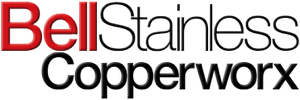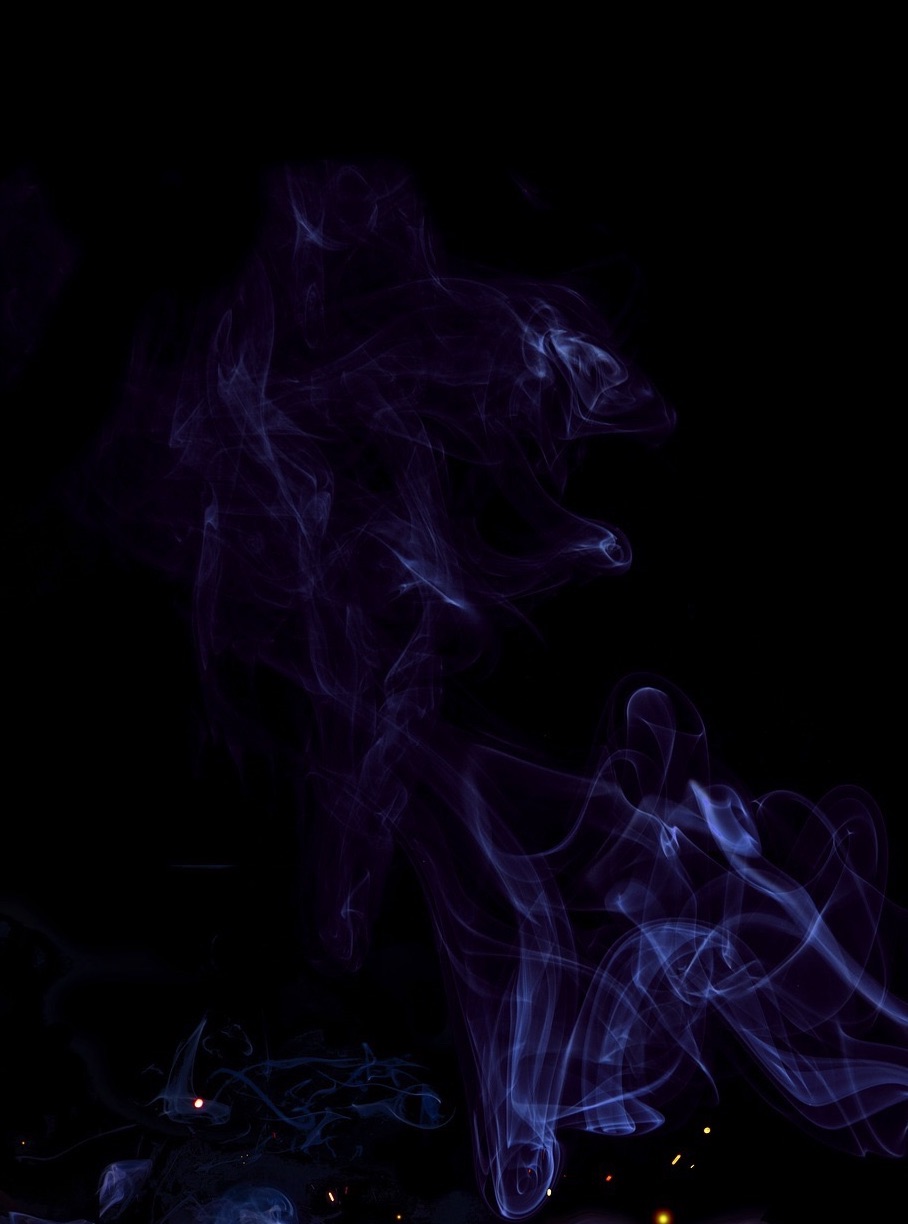

Maintenance
Here are some tips for looking after copper assets:
For all copper structures
Benchtops, rangehoods, etc should be wiped with a warm, soapy cloth.
Because of the oxidising process (which is perfectly normal), you will notice a darkening in the colour of the material surface. The speed and colour of the patina will be dependant on various factors, including temperature, exposure to sunlight, contaminants such as salt or chlorine in the air, oil on people’s hands that touch the material, the amount that it gets rubbed in certain areas. This is why we can never predict what the actual colour will at any given time in the asset’s life cycle.
For Vortex or Brushed finish copper dirt and grime are easily removed with Quickleen-S*. Simply wipe it on with a damp cloth, then wipe or rinse it off with water. In the case of Brushed copper always wipe in the direction of the grain, and never allow the use of harsh cleaners or mild steel cleaning pads (e.g. steel wool) as they’ll scratch the surface and leave embedded iron filings that will rust.
For High polished copper panels there’s really not much that can done by way of cleaning that won’t leave scratch marks - even careful rubbing with a clean cotton cloth can leave scratches in the surface, so in this case wipe very gently. There are various methods and home-made formulas found online for cleaning copper. We suggest doing a small test first in an area that won’t be easily seen before applying it to the entire surface.
Salts and other contaminants in the atmosphere will affect all surfaces, including copper (also anywhere around chlorine or saltwater swimming pools, etc).
Galvanic / dissimilar metal corrosion
Wherever possible try to avoid different types of metal from permanently contacting each other, especially in wet areas - this includes fixings such as screws, bolts, rivets, etc.
In other cases the resulting electrolysis can be a serious problem structurally depending on a few variables, but especially in coastal areas it’s best to avoid this.
If you want a practical example of what happens with this type of corrosion, place a small piece of clean aluminium foil on a filling in your mouth, and see how long you can keep it there. PLEASE NOTE we don’t actually suggest this is a good idea, but we can pretty much guarantee if you do you’ll think about it every time you see different types of metal touching each other.
*Quickleen-S
This is a powderised cleaning product which is very good at removing stubborn contaminants from various metals, including copper. It is non-toxic, doesn’t require the use of gloves or breathing apparatus, and is not harmful to any other surfaces that we know of.
Quickleen-S is available directly from Bell Stainless in 1kg tubs, with larger sizes available on request.
For more information see the link to Quickleen’s website from our Links page.
